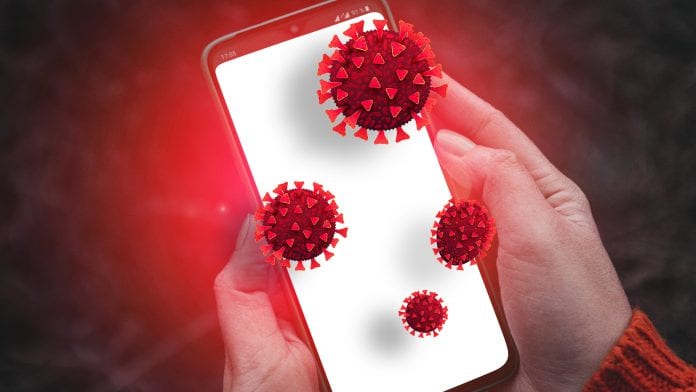
A new microfluidic chip has been developed that can provide COVID-19 test results on a smartphone in less than 55 minutes without the need for a laboratory.
The Rice lab of mechanical engineer Peter Lillehoj has developed the stamp-sized microfluidic chip which is able to test for COVID-19 from a standard finger prick. The nanobeads in the chip bind to the SARS-CoV-2 N protein, a biomarker for COVID-19, and transport it to an electrochemical sensor that detects minute amounts of the biomarker.
The research has been published in the American Chemical Society journal ACS Sensors.
Accurate results on site
By combining existing biosensing tools and with the researchers’ experience of developing diagnostic tools such as microneedle patches, the team has developed the chip that can detect the N protein in low concentrations – at 10 picograms per millilitre – in only 25 minutes.
Although the chip relies on a more complex detection scheme, the researchers say that longer incubation time yields more accurate results when using whole serum, with the team finding that 55 minutes was an optimum amount of time for the microchip to sense the protein at concentrations as low as 50 picograms (billionths of a gram) per millilitre in whole serum. To detect the N protein at 10 picograms per millilitre, the team diluted the serum fivefold.
Paired with a smartphone and a plug-in potentiostat, the chip was able to deliver a positive diagnosis with a concentration as low as 230 picograms for whole serum.
Lillehoj said: “There are standard procedures to modify the beads with an antibody that targets a particular biomarker. When you combine them with a sample containing the biomarker, in this case, SARS-CoV-2 N protein, they bond together.”
The researchers say this simplified process of testing is easily transportable and can be done entirely away from a lab, with results able to be generated on collection sites, health clinics, or pharmacies.
How does it work?
The sample is delivered to the chip through a capillary tube, then the chip is placed on a magnet which pulls the beads towards an electrochemical sensor coated with capture antibodies. The beads bind to the capture antibodies and generate a current proportional to the concentration of biomarker in the sample, which is then read by the potentiostat which sends a signal to its phone app.
Lillehoj says it would be easy to manufacture the microfluidic chips or adapt them to new COVID-19 strains.
























